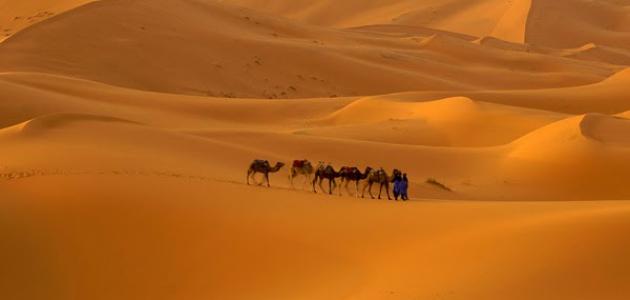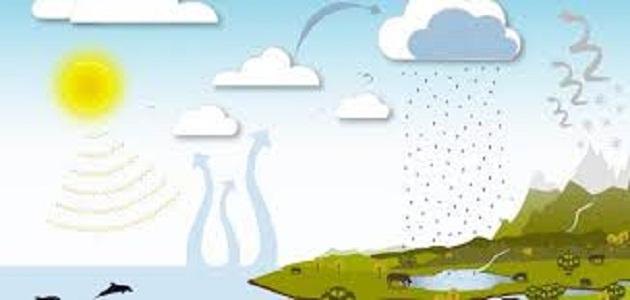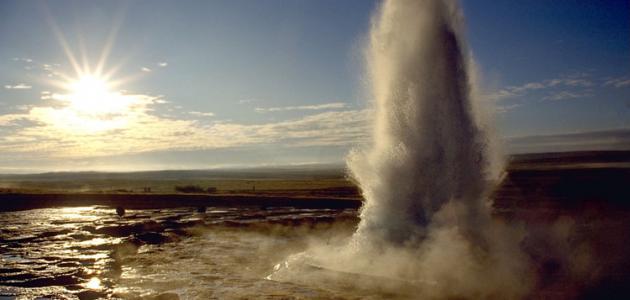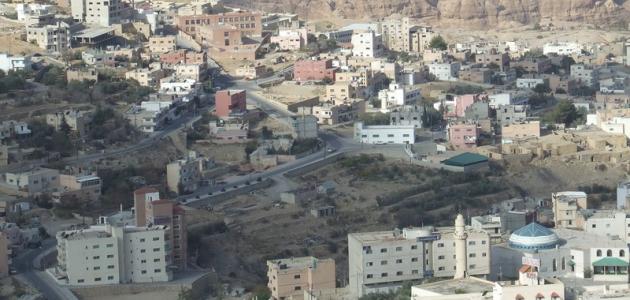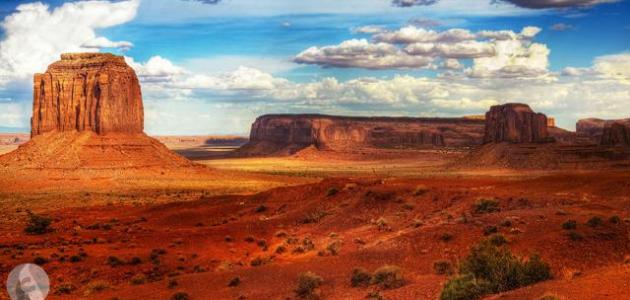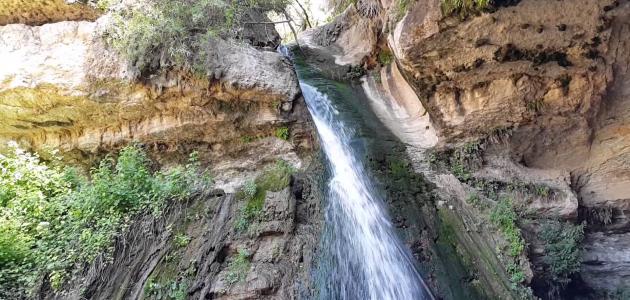the desert
Deserts cover one-fifth of the Earth's surface, and deserts are divided into two types: either hot, dry deserts, of which there are many in South Asia, South and Central America, Ethiopia, and Australia, or cold, frozen deserts, which are found in places such as Antarctica and Greenland.
Deserts are not determined by high temperatures and the abundance of sand dunes, as is common belief. Rather, the process of defining a desert is due to the lack of rain and snow, and the lack of living organisms that live in it, as low amounts of rain reduce the amount of water falling on the desert floor, which It leads to the drying of the earth, and some may think that the polar continents with cold deserts contain a lot of water, but this water exists in the form of ice, and the low temperatures on this continent prevent the ice from turning into water, which makes the icy polar deserts among the most deserts. Driest at all.
The largest desert in the world
Ice covers all areas of the Antarctica desert, except for an estimated 2% of this desert that is not covered by ice, and the thickness of this ice is approximately 1.6 km. As for the total area of the Antarctic desert, it is approximately 13.8 million square kilometers, and rainfall falls annually in amounts less than 51 mm in the interior areas. Humans cannot live in this desert, as the only humans who exist in it are researchers only. There are certain types of moths, mosses, and tundra plants in this desert that have been able to adapt to its cold weather, which is characterized by strong wind storms, which can turn into snow storms, as their speed can reach approximately 320 km per hour.
Read also:Scientific research on volcanoesThe largest non-polar desert in the world
The Sahara is considered the largest non-polar desert in the world. This desert is located in North Africa, with an area of approximately 9.064 million square kilometers. It is bordered by the Mediterranean Sea to the north, and extends all the way to Central Africa, approximately The 1931 km south.
The smallest desert in the world
The Atacama Desert is considered the smallest desert in the world and is located in Chile, with an area of approximately 105,200 square kilometers. It is worth noting that there are no plants in this desert, as some areas did not receive rain at all, which made the river bed there dry for tens of thousands of years. The Atacama Desert was also a source of many great resources, such as sodium nitrate used as fertilizer. , and copper. As for the current economic situation of the Atacama Desert, it is declining as this desert expands southward into arable lands, which led to the depletion of the ammunition contained therein.
Weather in the desert
Temperatures and weather conditions vary from one desert to another. In cold deserts, the weather is very cold in the winter, when temperatures may reach between -20.5 degrees Celsius to -79 degrees Celsius, while in hot deserts, it is very hot and very dry in the winter. Summer, and it is warm the rest of the days of the year. It is possible for rain to fall on dry deserts in the winter, but the amounts of rain are very small, and they may evaporate before reaching the surface of the earth due to the high evaporation rates in dry deserts.
Read also:Research about the rainbowAnimals in the desert
There are many animals that make the desert their home. There are animals that live in hot deserts, such as snakes, insects, lizards, kangaroo rats, and foxes. In order to protect themselves from predatory animals such as coyotes and hawks, some of these animals build their homes from fallen cactus thorns. In cold deserts, there may be animals such as deer, birds, slugs, roosters, seals, penguins, and others. The number of animals that live in cold deserts is less than the number of animals that live in hot and dry deserts.
Read also:How does an earthquake happen?